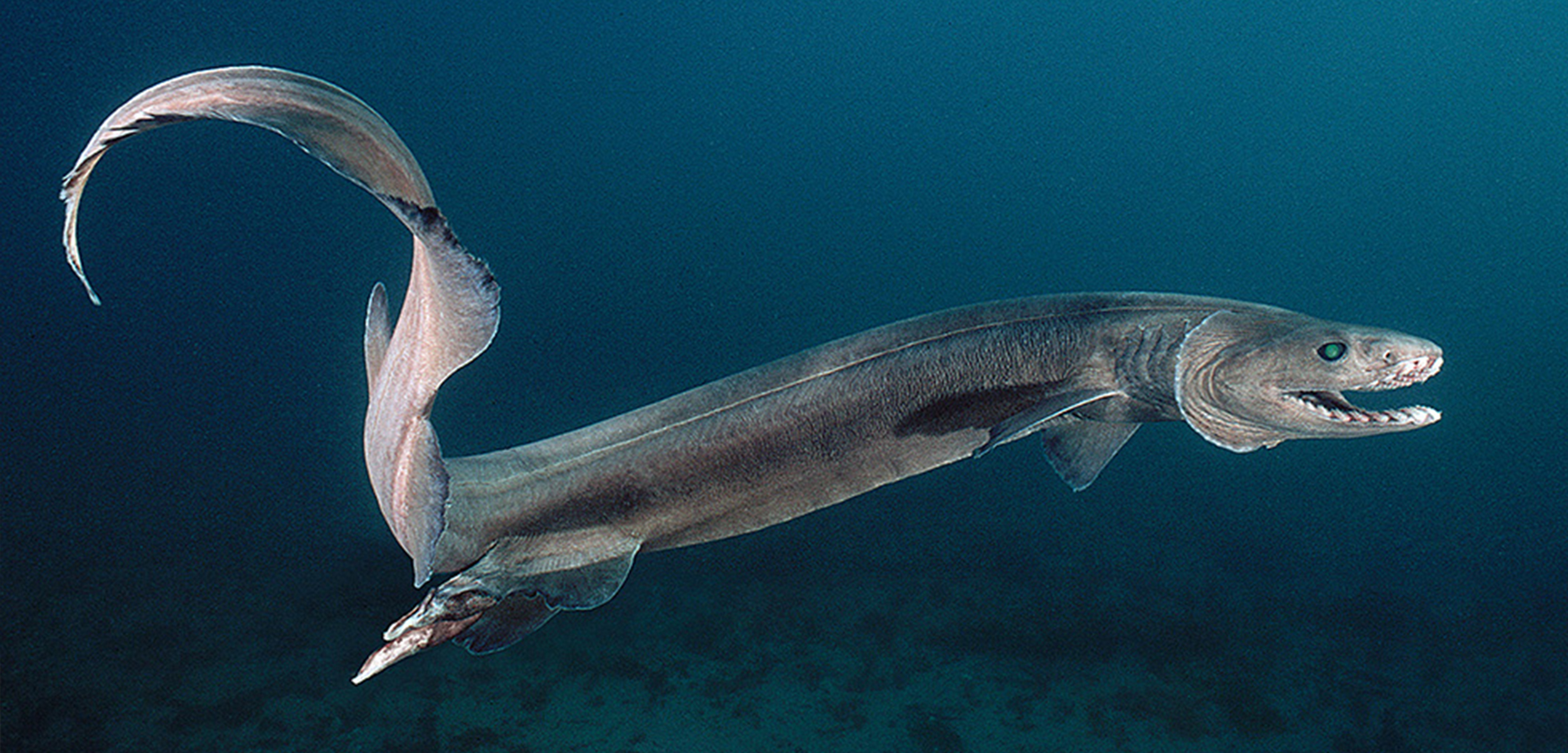What is Gestation Like for Ocean Animals?
Published by Ocean Conservancy
Any mama will tell you—pregnancy can be a pain. But humans aren’t the only species to experience inconvenience in order to procreate. In fact, some of us humans might benefit from a reminder of just how wild the gestation of some ocean wildlife can really be. You know—to keep things in perspective. Explore with me some of the stranger symptoms of pregnancy under the sea.
Sand Tiger Shark
Ever heard of “intrauterine cannibalism”? Yeah, me neither…until I started researching this story. And yes, it’s exactly what it sounds like. A fertile female sand tiger shark has two uteri full of eggs that can be impregnated by multiple male partners. This leads to some rather aggressive behavior from baby sharks hatching from their egg within the womb first, and so begins the cannibalistic battle for survival. Ultimately, from these two uteri full of a dozen or so embryos come just two, large and incredibly dominant baby sand tiger sharks.


Seahorse
Male seahorses are well known for their active parenting role, at least within the womb. In their case, females deposit unfertilized eggs into a pouch on the male’s belly. Daddy seahorse then fertilizes these eggs and carries them around for about two months or so until he gives birth to anywhere from five to 2,000 hatchlings. This is where active parenting ends since seahorse parents don’t nurture their young.


Sign up for our emails!
Frilled Shark
The frilled shark is one of the oldest and creepiest-looking animals in the ocean. With 25 rows of super-sharp teeth, a hinged jaw and fluffy gills (giving them their “frilly” name), they have been around for more than 80 million years. What’s even more incredible, the total pregnancy length of a frilled shark is believed to be three and a half years. This is the longest of any vertebrate animal! Since there is little to no seasonal difference in the deep sea, there is no defined “breeding season” for the frilled shark and they can have ranging litter sizes from two to fifteen.


Giant Pacific Octopus
Ok, bear with me. I know that technically, octopuses don’t get pregnant, they lay eggs. But the procreation process of the giant Pacific octopus is worth discussing. Essentially, the male octopus uses a special arm called a hectocotylus to deliver a “sperm packet” to the female as one of his last living acts (he’ll die a few weeks later). The female will, in turn, store this sac until she’s ready to fertilize her eggs. About 40 days after she does so, she will lay a string of fertilized eggs and guard them closely for about six to seven months. During this time mama octopus aerates the eggs by gently wafting freshly oxygenated water over them, never leaving nor eating. This ocean mother gives the ultimate sacrifice for her young—soon after her eggs hatch, the exhausted and starved mama octopus dies.


These are just a few of the weirder gestational characteristics of ocean wildlife, but there are many more fascinating moms and dads under the sea. Female sperm whales carry their young for 14-16 months. Manatees are vigilant guardians, nursing their young for up to 24 months. Mama walruses, sea lions, dolphins and harp seals can carry their babies for upwards of a year! While nine months may seem short in comparison, one thing is for sure—I’ll soon be calling my mom to thank her.
The post What is Gestation Like for Ocean Animals? appeared first on Ocean Conservancy.
Read the full article at: https://oceanconservancy.org/blog/2019/03/27/gestation-like-ocean-animals/


